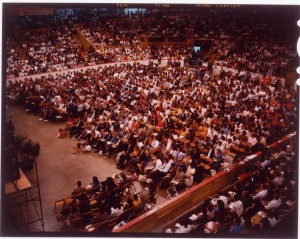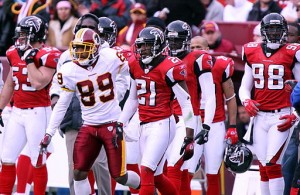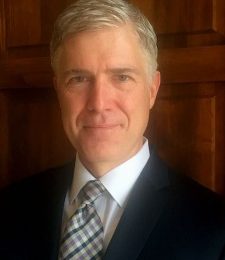 Canadian researchers conducted a study of mainline Protestant churches (Anglican, Presbyterian, Uniting, and Evangelical Lutheran [the liberal denomination, as opposed to the confessional Lutheran Church of Canada]), comparing traits in congregations that were growing and those that are not.
Canadian researchers conducted a study of mainline Protestant churches (Anglican, Presbyterian, Uniting, and Evangelical Lutheran [the liberal denomination, as opposed to the confessional Lutheran Church of Canada]), comparing traits in congregations that were growing and those that are not.
They found that congregations that were theologically conservative are growing, and those that were theologically liberal are not. (Go here for the complete study.)
After the jump, religion columnist Terry Mattingly reports on the findings, giving the breakdown on specific theological points that growing churches affirm and shrinking churches reject.
Notice that this study applies to mainline Protestant churches; that is, to denominations that are, on the whole, already on the liberal side, at least in their national leadership. I’m curious about conservative denominations, some of which (such as the Lutheran Church Missouri Synod and even, as I recall, the Southern Baptists) are stalled in their growth, though they aren’t declining as much as their liberal counterparts.
Granted that growth is not the main measurement of a church’s effectiveness and that growth is contingent on many different factors, such as location and demographics, this at least shows that orthodox theology is NOT an obstacle to growth, as has sometimes been implied.
From Terry Mattingly, On Religion – Canadian researchers find that doctrine really does matter, in terms of church growth – Columns:
[Researcher David] Haskell said leaders of doctrinally progressive churches tend to believe that “strong convictions are what matter and it really doesn’t matter what those convictions are. That is not what we see in the numbers, after our research. What we see is that growing churches hold more firmly to basics of traditional Christianity, including being more diligent about things like prayer, Bible reading and evangelism.”
Crucial findings in this study showed that, in growing churches, pastors tend to be more conservative than the people in their pews. In declining congregations, pastors are usually more theologically liberal than their people. For example:
* Clergy in growing churches affirmed, by an overwhelming 93 percent, that Jesus rose from the dead, leaving an empty tomb, while 56 percent of clergy in declining churches agreed. Among laypeople, this divide was 83 percent vs. 67 percent.
* In growing churches, 46 percent of clergy strongly affirmed, and nearly 31 percent moderately affirmed, this statement: “Only those who believe in and follow Jesus Christ will receive eternal life.” Zero pastors in declining churches affirmed that statement and 6 percent moderately agreed.
* In growing congregations, 100 percent of the clergy said it’s crucial to “encourage non-Christians to become Christians,” while only 50 percent of pastors in declining churches agreed.
* In declining churches, 44 percent of pastors agreed that “God performs miracles in answer to prayers,” compared with 100 percent of clergy in growing congregations.
There were other patterns worthy of future study, said Haskell. Growing churches were much younger, with two-thirds of their members under the age of 60, while two-thirds of those attending declining churches were over 60. Families in growing churches also had more children. Finally, growing mainline churches were finding their new members among outsiders – people who say going to church is new for them – at the same rate, about 12 percent, as growing evangelical Protestant churches.
Photo, ICOC Congregation, by JamieBrown2011 (talk) (Uploads) – Own work, CC0, https://en.wikipedia.org/w/index.php?curid=35912562





